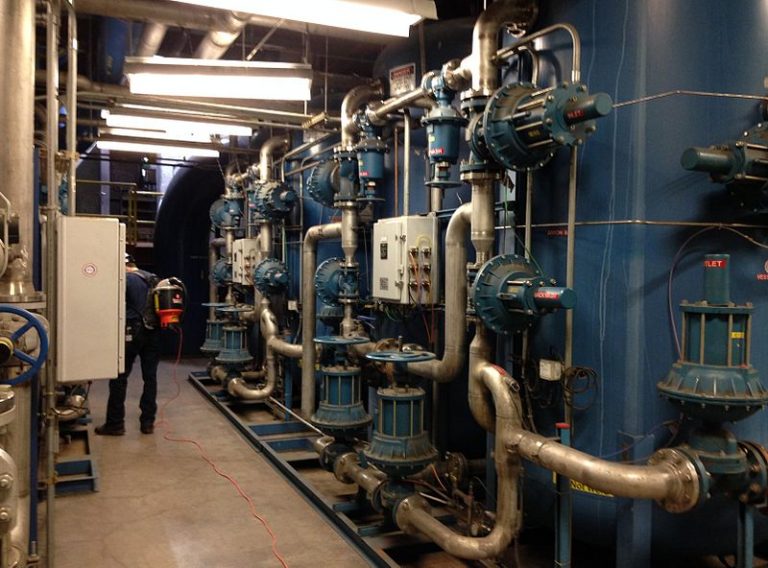The History of Water Softeners
The History of Water Softeners
The process of water hardness removal by chemical softening has been used for industrial and municipal water treatment for well over 200 years. One of the earliest chemical water softening techniques, the addition of lime (CaO), is credited to Cavendish, who demonstrated in 1766 that when lime was added to hard water, it precipitated hardness in the form of calcium and magnesium carbonates. While an Englishman, Thomas Henry, contributed further refinements, the next real advancement was through the work of Dr. Thomas Clarke of Aberdeen, Scotland, who in 1841 patented the process of softening for municipal water plants. Porter, in 1876, introduced the technique of mechanically mixing lime with water to be softened and removing the precipitated sludge with a filter press. This became known as the Clarke-Porter process, but it was limited to removing only carbonate hardness.
Cation Exchange Softeners
Meanwhile, in 1852 and in 1856, two patents were issued based upon the use of a process combining lime and soda ash (Na₂CO₃) that was capable of removing both carbonated and non-carbonate hardness, thus producing water quality more suitable for boilers.
The cation exchange process owes its origin to work done in 1845 by two English investigators, Thompson and Way. Their discoveries were then confirmed by Dr. Robert Gans, who later changed his legal name to Robert Gansen., a German agricultural chemist. Gans patented the first mechanical and chemical ion exchange softening process in 1908. The earliest commercial use of cation water softening systems was by laundries in Europe. The equipment was rented to the users, with rates determined according to soap savings. The first cation exchange water softener for boiler feedwater treatment was installed in 1910 at a major electrical plant in Moscow. This equipment consisted of two cast iron “Permutit filters” with a total capacity of 230 kilograins of total hardness that were installed to operate on alternate days, since regeneration at that time could take up to six hours!



